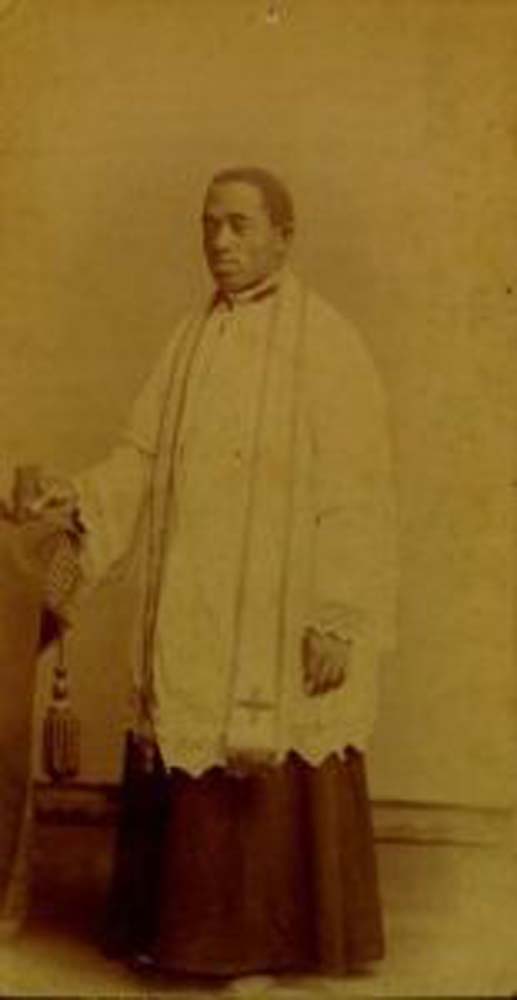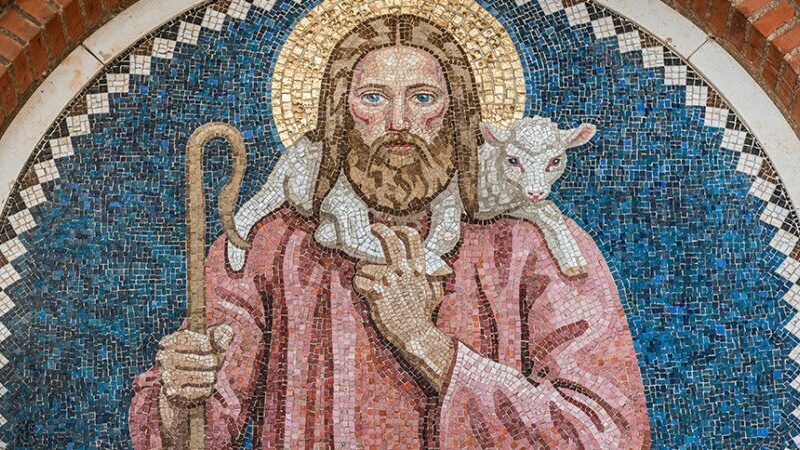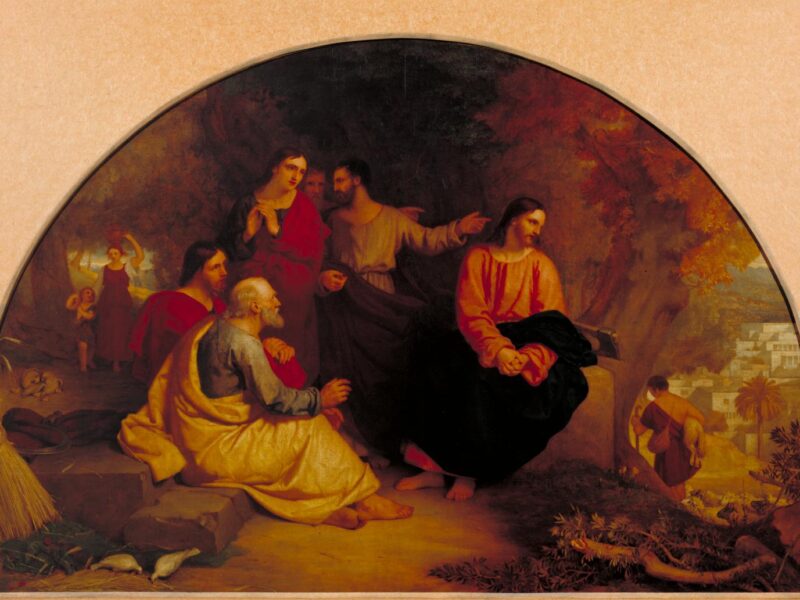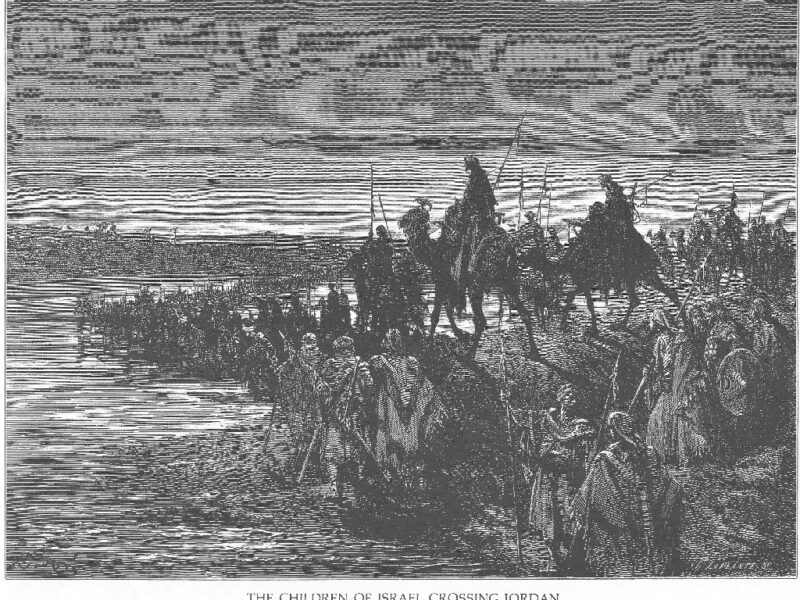
Celebrating Priesthood – Father Augustine Tolton
 Augustine, named after the great African Bishop and Doctor of the Church, was born in Missouri in 1856. His parents were slaves, therefore Augustine was also the ‘property’ of their master. The Toltons’ master, Stephen Elliot, was a Catholic and his wife stood as Godmother for Augustine at his baptism. When the southern states seceded from the Union, Missouri declared itself neutral in the civil war which followed. Nevertheless, Augustine’s father escaped to join the Union army and his mother escaped later, with the Tolton children, across the Mississippi into the city of Quincy in the free state of Illinois, where they found work in the cigar factory.
Augustine, named after the great African Bishop and Doctor of the Church, was born in Missouri in 1856. His parents were slaves, therefore Augustine was also the ‘property’ of their master. The Toltons’ master, Stephen Elliot, was a Catholic and his wife stood as Godmother for Augustine at his baptism. When the southern states seceded from the Union, Missouri declared itself neutral in the civil war which followed. Nevertheless, Augustine’s father escaped to join the Union army and his mother escaped later, with the Tolton children, across the Mississippi into the city of Quincy in the free state of Illinois, where they found work in the cigar factory.As he prepared to enter the priesthood, it became clear that the racial barriers still existed. Every single American seminary rejected him as a student, even the one that trained priests to minister to the black community! Fr McGirr continued to help him and arranged for him to study in Rome. He attended the prestigious Pontifical Urbaniana University and became fluent in Italian, as well as studying Latin and Greek. Augustine had expected to serve in an African mission but was informed shortly after his ordination that his mission would be to “negroes in the United States.”
 Augustine began to be plagued by bouts of ill-health in 1893. He collapsed and died as a result of a heat wave in Chicago in 1897, at the age of 43. He was buried in Quincy, in the priests’ cemetery at St. Peter’s Catholic Church, where the seeds of his vocation had been sown. Alas the racist attitudes of people followed him to the grave and his burial in a “white” graveyard raised eyebrows. It has been suggested that Augustine is inaccurately credited with being the first Catholic priest of African-American descent, due to the ordinations of the mixed-race Healy brothers. Much of the debate centres on the cultural and racial identification issues, which I feel unqualified to comment on but one thing is certain: Augustine Tolton was the first Catholic Priest in the United States to identify and be identified openly as an African-American. He demonstrates that God calls who He calls to the priesthood, regardless of race, background or the dominant social sensibilities of the time. His witness, ministry and preaching was a milestone in race relations both in the United States and the Church.
Augustine began to be plagued by bouts of ill-health in 1893. He collapsed and died as a result of a heat wave in Chicago in 1897, at the age of 43. He was buried in Quincy, in the priests’ cemetery at St. Peter’s Catholic Church, where the seeds of his vocation had been sown. Alas the racist attitudes of people followed him to the grave and his burial in a “white” graveyard raised eyebrows. It has been suggested that Augustine is inaccurately credited with being the first Catholic priest of African-American descent, due to the ordinations of the mixed-race Healy brothers. Much of the debate centres on the cultural and racial identification issues, which I feel unqualified to comment on but one thing is certain: Augustine Tolton was the first Catholic Priest in the United States to identify and be identified openly as an African-American. He demonstrates that God calls who He calls to the priesthood, regardless of race, background or the dominant social sensibilities of the time. His witness, ministry and preaching was a milestone in race relations both in the United States and the Church.


